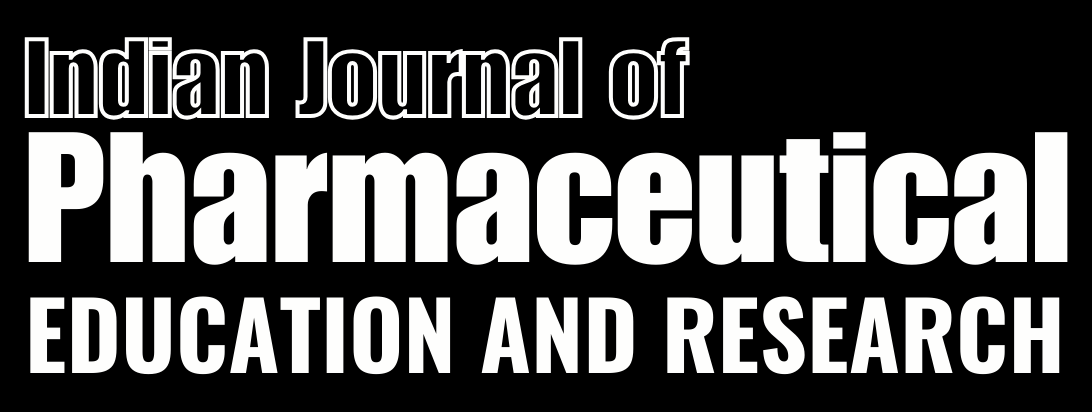ABSTRACT
Background:
Phytosomes are complex structures formed by the combination of natural phospholipids with phytoconstituents. The purpose could be to enhance the bioavailability of active compounds, such as flavonoids and polyphenols present in Pongamia pinnata by forming phytosomes, thus improving their absorption and efficacy.
Materials and Methods:
The preparation process was optimized by Box Behnken design to attain desirable particle size and encapsulation efficiency. Independent variables included Phospholipid, Cholesterol and dichloromethane. Evaluation of the Pongamia pinnata phytosomes included, particle size, entrapment efficiency, zeta potential and in vitro drug release. Optimized phytosomes was then subjected to in vivo diabetic potential by using streptozotocin induced antidiabetic model.
Results:
Optimised phytosomes formulation showed an entrapment effectiveness of 73.12%, Particle size 138.95 nm and zeta potential was -45.65 mV. The scanning electron micrograph revealed uniformly sized and shaped particles. In vitro drug release study of optimized phytosomes exhibits a sustained or prolonged drug release pattern, which can be advantageous for certain therapeutic applications. The findings on release kinetic study suggest that the release of the active ingredient from the optimized phytosomal formulation follows a diffusion-based mechanism, as indicated by the higher regression coefficient (r2) values obtained for the Higuchi (0.995) and Korsmeyer-Peppas models (0.992). In vivo antidiabetic study reveals that, the phytosomes of Pongamia pinnata demonstrated better antidiabetic effects than hydroalcoholic extract.
Conclusion:
The phytosome formulation of Pongamia pinnata significantly boosts the bioavailability and efficacy of its bioactive compounds, indicating superior therapeutic potential in managing diabetes and its concomitant complications compared to the hydroalcoholic extract.


